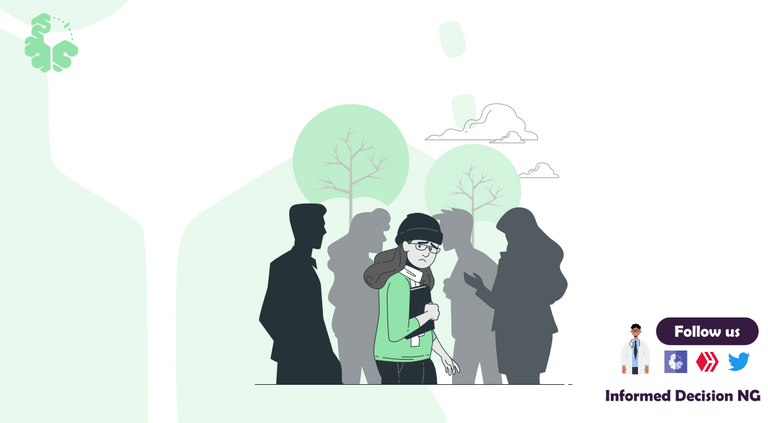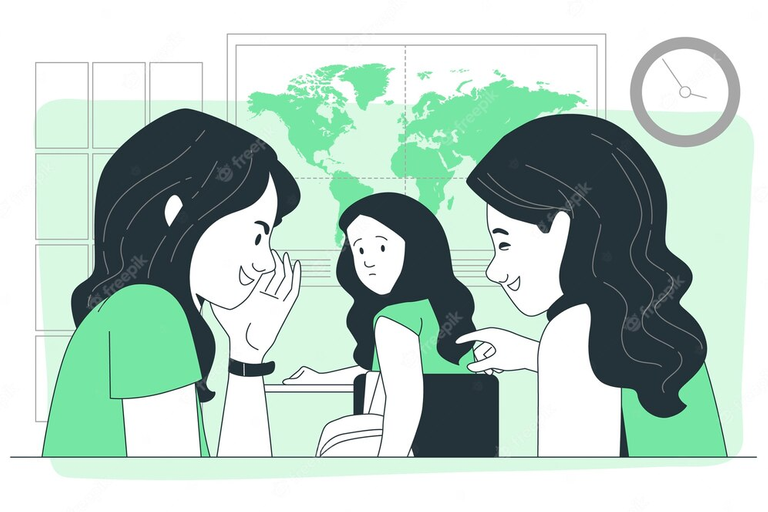Understanding Social Identity and Navigating Identity Crises: Insights and Perspectives

Sport illustrations by Storyset
A few days back, there was an incident in New York that attempts to be very pivotal in the way people act towards racial interactions. A viral video shows a woman who mentions she has a fetus in a video on a Citi Bike as she shouts for help while surrounded by young men. The woman is white, and the young men are black.
Her cry for help is hard to conceptualize, and the reason she is being held by these young men is also difficult to conceptualize. The story from both sides has been difficult to understand.
The New York Post has posted an article about how the woman has provided receipts for ownership of the bike, but people have been crying out that she is racist because in the video, the boys hold her back as she cries for help.
Unlike similar cases where things like this happen below the radar, everyone wants to know what is going on and is making efforts to find out. The only people with the true answers, anyway, would be Citi Bike, but they have remained quiet about the incident.
NYC hospital ‘Karen’ paid for Citi Bike at center of viral fight with black man: lawyer https://t.co/VZ07f7iW7t pic.twitter.com/IuHBgJ8GTr
— New York Post (@nypost) May 18, 2023
Social Identity Theory: This is a psychological framework that was first developed by Henri Tajfel and John Turner in 1970. This theory tries to explain how people find a sense of self and establish their social identity through group membership.
This theory explains that people's self-concept and self-worth are closely tied to their group affiliations, leading them to identify with and favor their in-group while displaying prejudice and discrimination towards out-groups.
This is just one of the many theories out there. Others are Groupthink Theory, Social Facilitation Theory, and Social Influence Theory.
Among them, this theory goes in-depth into why people show prejudice towards a group. On one hand of this story is the fact that white women have used crying out to have young black men imprisoned and killed, but new incidents of such have not been prevalent (but some would disagree). At the same time, there have been cases of people crying out for certain incidents, and they were not listened to because they were white.
I think Social Theory plays out quite often in the way people relate in America, but this could be from an outsider's perspective...much of my knowledge of race relations is from YouTube.
Here is the corrected version of the text:
Social Identity Theory Processes

Sport illustrations by Storyset
The initial step in the social identity processes is called social categorization. This is when people mentally categorize themselves and others into different groups based on shared characteristics (such as race in this case) to develop a shared social identity and a sense of belonging.
This categorization simplifies the world and helps individuals find their place within the vast social landscape.
Once individuals have categorized themselves as part of a particular group, they tend to adopt the beliefs, values, and norms associated with that group. A significant part of what we are witnessing may be the interaction with these beliefs. The associated safety threat arises because this woman cried for help... It is also the case that besides the fact that these were young men she didn’t know.
Many have tried to dictate her behavior in this incident and how she should have been calmer, while she assumed that they were trying to take the bike from her.
The last step is social comparison, where the individual engages in social comparison to evaluate the relative status of their in-group compared to relevant out-groups. They try to enhance their self-esteem by emphasizing the positive qualities of their in-group and highlighting the differences or inferiorities of the out-group.
One way this plays out is the fact that a certain group of people tends to refer to every white person as racist, regardless of their actions... There are a lot of beliefs they already have about the color of their skin regardless of their behavior. It is the same thing as thinking that a black man is a thug regardless of his behavior.
My View

Sport illustrations by Storyset
At the end of the day, I still see all the people in that video as Americans, and the behavior on display to me is American. Part of my group identity, looking from the outside, is to dissociate myself from such behavior.
No part of my reality is associated with behaving like an American, but this is what people in America do not see... They are actually having an in-group conflict on a national scale that has nothing to do with their national development.
Far from perfect (very, very far, in fact), Nigeria has its own issues that steadily need to be addressed.
How do you think this identity crisis should be handled?
Conclusion
In conclusion, the incident in New York serves as a poignant reminder of the intricate nature of racial interactions and the powerful influence of social identity on individual behavior. The application of Social Identity Theory and other related theories provides us with valuable insights into how group membership shapes our perceptions, judgments, and actions.
To effectively address identity crises, it is imperative to adopt a multifaceted approach that encompasses several key elements. First and foremost, fostering open and honest dialogue is essential. By encouraging individuals from different backgrounds to share their perspectives and experiences, we can foster greater understanding and empathy, breaking down barriers and bridging divides.
Education also plays a crucial role in tackling identity crises. Promoting awareness and knowledge about various cultures, histories, and identities can challenge stereotypes, dispel misconceptions, and foster a more inclusive society. By nurturing a learning environment that encourages curiosity, critical thinking, and respect for diversity, we can empower individuals to navigate identity-related challenges with sensitivity and understanding.
Furthermore, cultivating empathy is paramount. Encouraging individuals to put themselves in others' shoes, to genuinely listen and seek to understand, can promote compassion and diminish prejudice. By recognizing the shared humanity that underlies our diverse identities, we can build bridges of understanding and forge meaningful connections.

Thanks for your contribution to the STEMsocial community. Feel free to join us on discord to get to know the rest of us!
Please consider delegating to the @stemsocial account (85% of the curation rewards are returned).
You may also include @stemsocial as a beneficiary of the rewards of this post to get a stronger support.